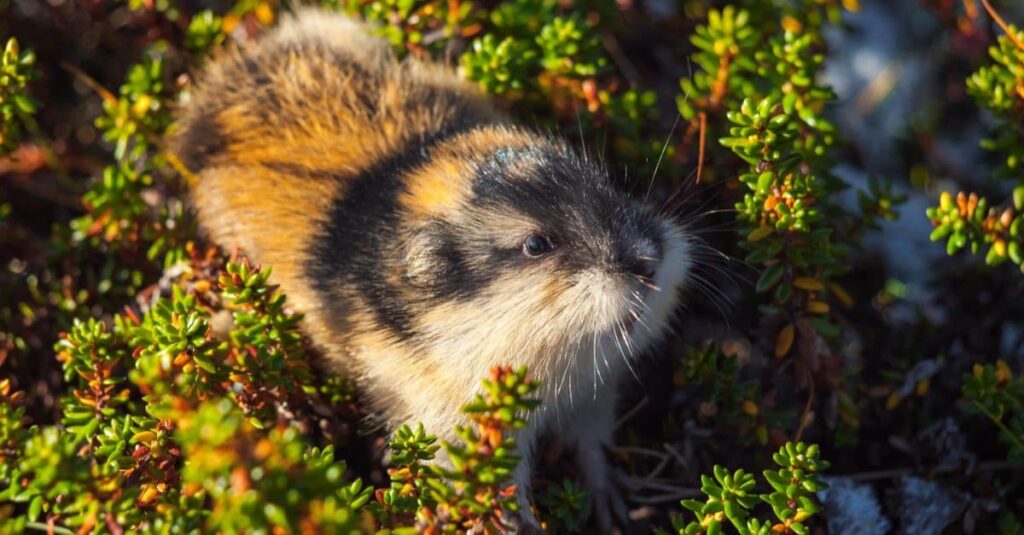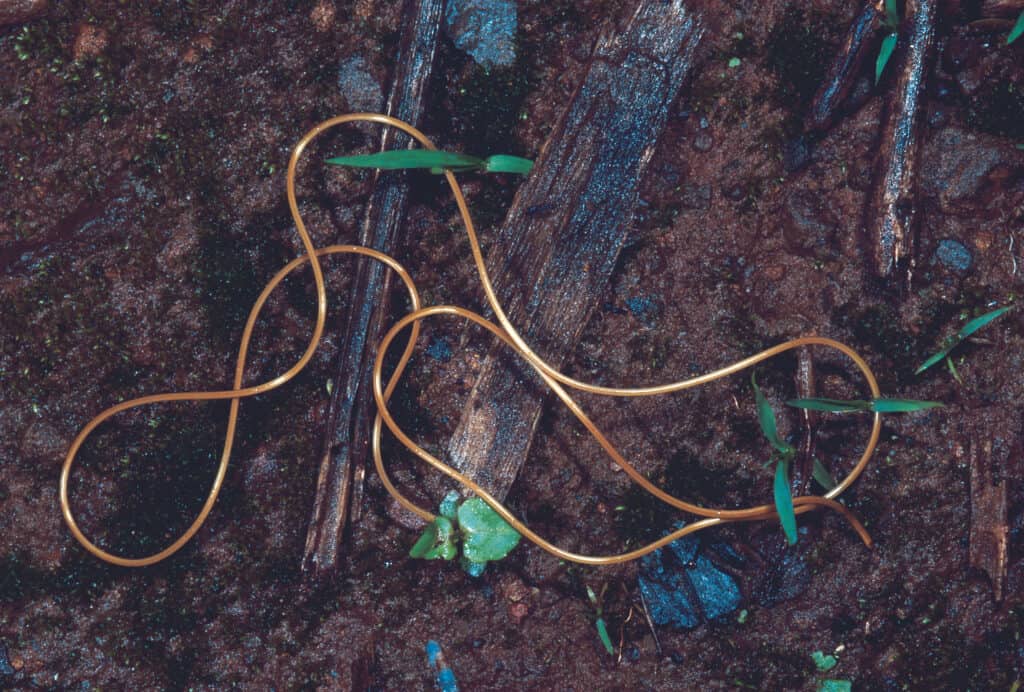Nowadays, suicide has become one of the world’s most concerning causes of death. A study shows that suicide is more common in people aged 5-24, and most young people who commit suicide have been previously diagnosed with MDD (major depressive disorder).
Animal suicide has recently become a field of study in which experts analyze the animal cognitive capacities that would impulse animals to commit suicide. Scientists are also trying to understand whether animals at least understand the concept of death.
However, there’s still not enough data and evidence to indicate a clear conclusion because committing suicide implies understanding numerous other concepts. For instance, if an animal is capable of committing suicide, it means it’s conscious of its mortality, of the possibility that it can die, of choosing to die, and of having or not having a future. But, above all, this means the animal has will and intention. Some studies focused on these aspects individually, and many found evidence showing that some animal responses were relevant to human emotional behaviors. Nevertheless, there’s still no conclusive evidence showing they are simultaneously aware of all of them.
Still, it’s generally recognized that many animals have suicidal behaviors – that is, they exhibit destructive behaviors or refuse to eat if stressed. Moreover, it’s believed that some parasites can influence their hosts’ behavior and force them to kill themselves so that the parasites can complete their life cycles.
For a better understanding, we’ll discuss some key points concerning animal suicide, mainly what behaviors may indicate that the animal has suicidal tendencies.
Behaviors That May Indicate Suicide Tendencies
Mal-Adaptive Behavior

One of the most popularized ideas for animal suicide is related to lemming migration.
©AnnaSmirnova/Shutterstock.com
One of the most popularized ideas for animal suicide is related to lemming migration. These small rodents migrate when their population becomes too large and there isn’t enough food. Some lemmings have to cross bodies of water to reach the next location, and not all survive the experience. People have come to believe that this is an act of mass suicide.
This is generally considered a misconception popularized primarily by the White Wilderness Disney movie, in which lemmings jumped off a cliff during reproduction.
Stress-Related Self-Destructive Behavior
Some animals may exhibit depressed or grieving behaviors. They become self-destructive by refusing to eat, drink, or play or by insistently licking or biting their body parts. Sometimes these behaviors become so serious that they may result in death. However, experts do not consider this a suicide. The animals did not necessarily exhibit this behavior with the purpose of killing themselves and probably weren’t even aware of this.
Interference

Horsehair worms in the
Nematomorphaphylum are believed to influence their hosts’ nervous systems.
©iStock.com/ePhotocorp
Many parasites are known to alter their hosts’ behavior. For example, the parasites in the Acanthocephala phylum force their hosts to get near predators to be killed, and the predators eventually become the new hosts.
Another example is the Spinochordodes tellinii parasite, which parasitizes crickets and grasshoppers and makes them leap into the water and drown.
The horsehair worms in the Nematomorpha phylum are also believed to have this ability. Because horsehair worms need to be near or in water before emerging as adults, they influence their hosts’ nervous systems and make them continuously look for water, eventually forcing them to drown.
Moreover, the Toxoplasma gondii in mice and rats can increase their hosts’ chances of being eaten by cats. Infected rodents don’t exhibit the same aversion towards cat odors and do not avoid areas marked with cat urine.
Group Defense
This type is mostly found in insects that sacrifice themselves if their population is in danger. Some bees, wasps, and ants use their stingers to kill their attackers and protect their colonies. This behavior is considered self-destructive and suicidal by many experts.
Are There Animals That Have Committed Suicide?

Dogs and cats are widely known for their tendency to exhibit destructive behaviors if they change owners or if their owner has died.
©iStock.com/LightFieldStudios
While there aren’t any scientifically confirmed animal suicides, some historical events are believed to have been suicidal.
The first known case happened in 1845 when a Newfoundland dog threw himself in the water. It had reportedly been less lively and depressed for a period. When it jumped in the water, it looked like it wanted to drown because it didn’t move its legs and feet. Once rescued, the dog did this repeatedly, eventually dying by holding its head underwater. Since then, more and more stories of animals drowning themselves have started being published in newspapers.
Generally, dogs and cats are widely known for their tendency to exhibit destructive behaviors if they change owners or if their owner has died. This behavior frequently results in serious health problems and, in some cases, death. However, unlike the dog that supposedly drowned itself on purpose, these destructive behaviors aren’t considered an intent of suicide.
Another animal believed to have committed suicide is the dolphin we met on the 1960s TV show Flipper. The dolphin, Kathy, allegedly suffocated herself before her trainer, Ric O’Barry. However, this event hasn’t been confirmed yet and has no scientific backup.
If humans exhibit these behaviors, they’ll definitely be considered suicidal. It’s a different story with animals, however. Studies show that even the most convincing stories of alleged animal suicide didn’t have enough evidence to become an animal model of suicide. Moreover, scientists believe that will and intention — the most relevant aspects of suicide — will hardly ever have animal models.
Ultimately, while we don’t and probably never will truly know whether animals are capable of committing suicide, we can notice their destructive behaviors and help them. Even if it’s not scientifically confirmed that animals possess the will and intention to put an end to their lives, they may still require our support, help, compassion, and affection.
Up Next:
- Animals That Are Deaf (Or Have No Ears)
- Depression in Dogs: Symptoms, Treatment, Causes, and more
- How Do Whales Die? 7 Common Causes of Death for Whales
The photo featured at the top of this post is © iStock.com/FamVeld
Sources
- Wikipedia, Available here: https://en.wikipedia.org/wiki/Animal_suicide
- Science Direct, Available here: https://www.sciencedirect.com/science/article/abs/pii/S0278584611000686
- Science Direct, Available here: https://www.sciencedirect.com/science/article/abs/pii/S0165614709000303
Thank you for reading! Have some feedback for us? Contact the AZ Animals editorial team.






